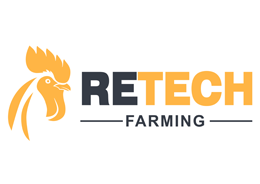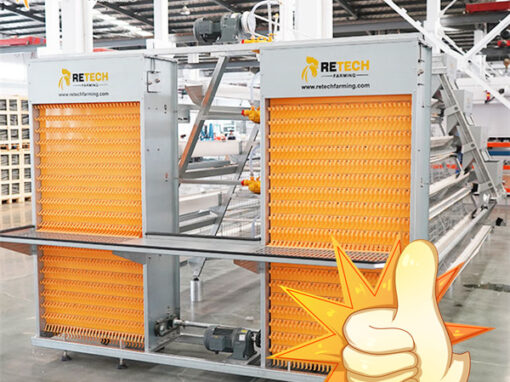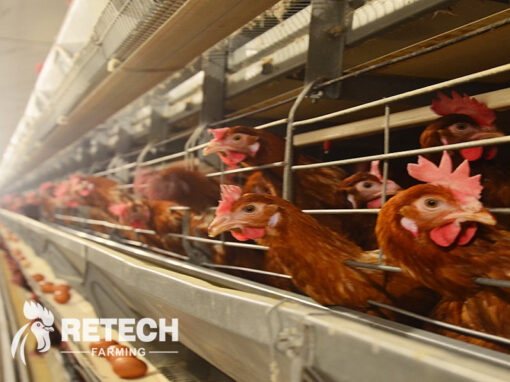Feather change is a natural physiological phenomenon of laying hens, which means that after one laying year (generally 68-72 weeks), commercial laying hens will change their feathers once.
Under natural conditions, the change of feathers is very uneven, and it takes about 4 months from the beginning of the change to the new feathers, and the subsequent egg production may vary and the quality of eggshells may not be the same, causing great economic losses to farmers.
In order to shorShortcomings often the feathering time and improve economic efficiency, hens are often forced to change their feathers manually. Forced feathering refers to artificially imposing some stress factors on the hens to cause strong stress, which leads to unique morphological and functional changes in the organs and systems of the hens, causing the hens to stop laying, shed and renew their feathers in a short period of time, and to recover their physical condition and egg production after the stress is stopped, the whole process usually takes 8-10 weeks.

chicken cage
Advantages and disadvantages of forced feathering
Compared with natural feathering, forced feathering can shorten the time of feathering and enable the hens to enter the next egg production cycle as soon as possible, but it also has the following advantages.
- It can play a good role in restoring the egg production of some of the diseased hens, thus recovering some economic losses In recent years, due to the prevalence of diseases such as Newcastle disease and avian influenza, the egg production rate of many hens is not high during the egg laying period, and the egg production rate of some diseased hens at their peak even drops sharply, thus causing losses to farmers. The losses will be even greater if they are culled directly. The forced feathering technology can make the sick hens enter a new egg-laying cycle, thus reducing the farmers’ losses.
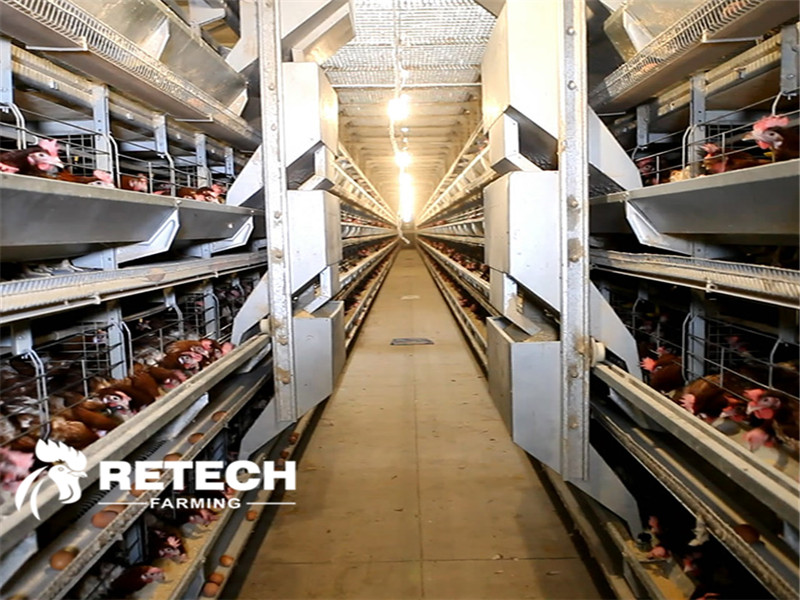
modern chicken cage
- It can extend the utilization life of laying hens. Compared with direct culling in one year of laying, forced feathering extends the utilization period of laying hens, thus reducing the cost of breeding hens.
- Improve the quality of eggs. As the rearing period increases, the fat deposited in the chicken’s body increases, and the fat deposition around the uterine glands that secrete eggshells also increases, which in turn affects the formation of eggshells and reduces the quality of eggshells.
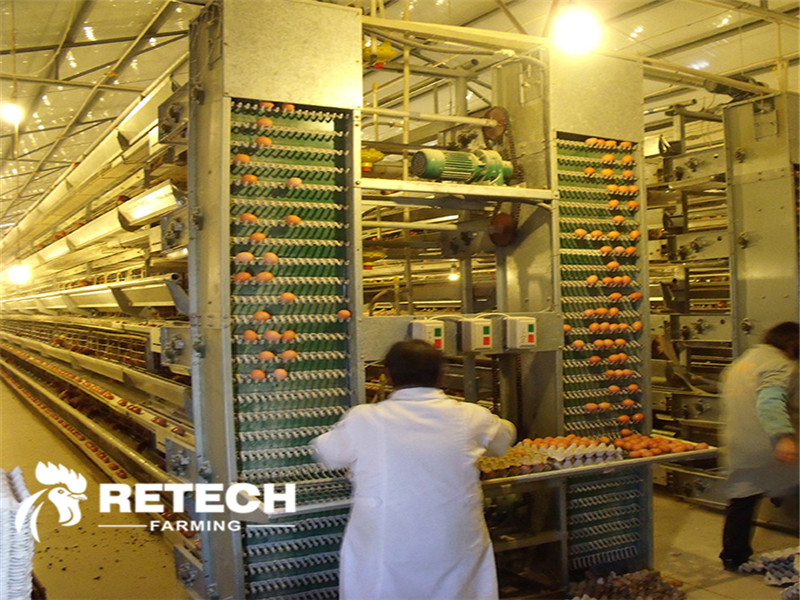
egg collection system
- Forced feathering reduces the body weight of the chickens, depletes the fat deposited in the uterine glands and restores the function of shell secretion, thus improving the quality of the eggshells. And after the forced feathering, the egg weight increases because the chickens gain weight.
- The resting period and egg-laying period can be controlled according to the market demand to obtain the best economic benefit In order to reduce the feeding cost and increase the income, the resting period and egg-laying period of the hens can be regulated by the method of forced feathering according to the market demand for eggs, so as to prolong the effective utilization time of the hens and obtain the best economic benefit.

layer chicken cage
Shortcomings of forced feathering
1. higher mortality rate during the feathering process, generally 3-5%.
2. After feathering, due to the increase in weight of the chickens, the consumption of material increases and the egg production rate decreases compared with the first egg-laying cycle, which leads to a higher overall material-to-egg ratio; third, after 6-7 months of egg-laying, the egg production rate decreases faster.
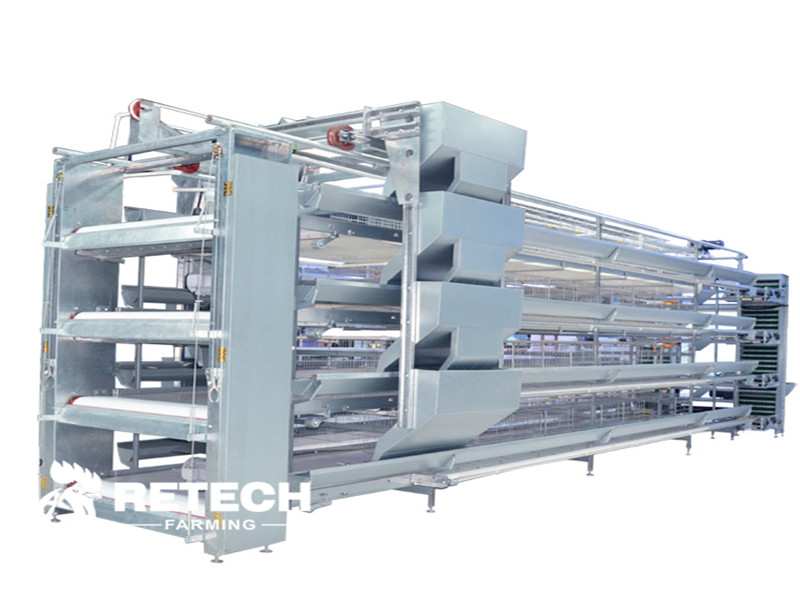
layer cage
